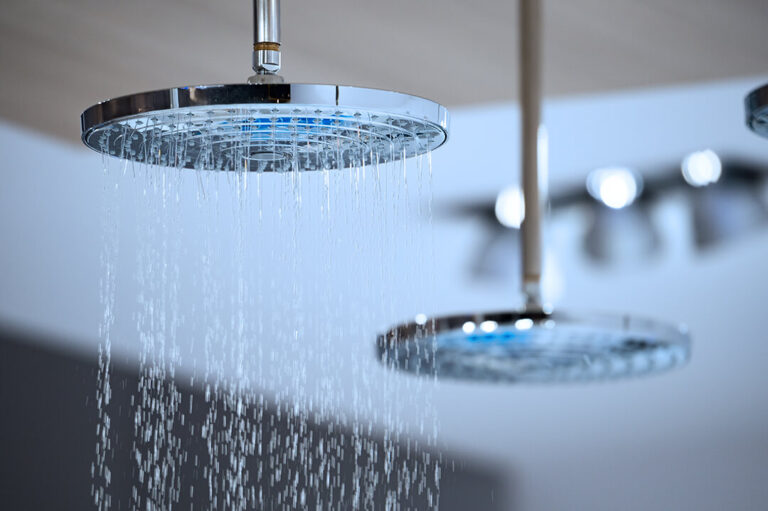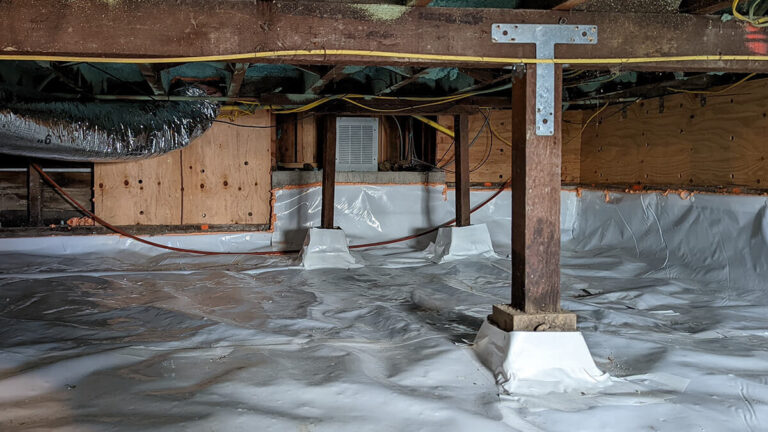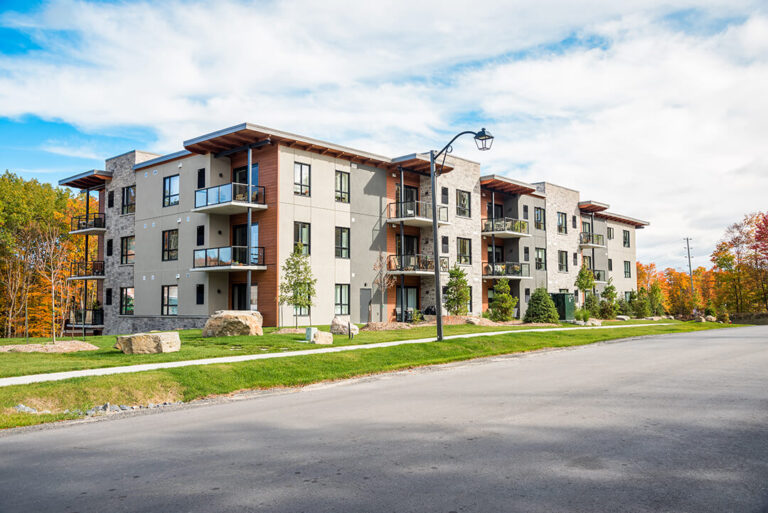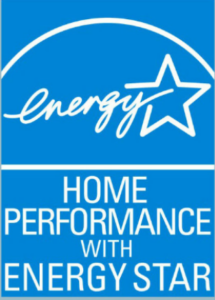R-Value Explained
Home Performance can be a overwhelming concept for homeowners that are new to the green home movement. Green Home Builders and Energy Retrofit Specialists often throw around the term R-Value, but what does that mean to the average homeowner?
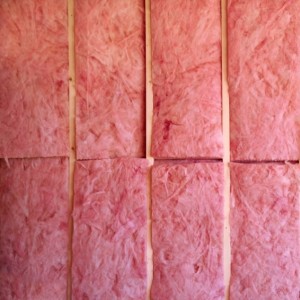
It’s actually a pretty simple. R Value measures resistance to heat flow. The higher the R-Value, the better the insulation will be at retaining heat within the home. Minimum code in California calls for an attic R Value of 30 on all new construction so if you are getting an energy retrofit, you want to be sure to insulate well above that number.
It’s important to remember that insulation slows the transfer of heat in two directions, both into the home and as well as outside the home. This means that insulating your home to a large R Value will prevent the house from getting cold in the winter and hot in the summer.
Specifically, R-value is a measurement of a materials thermal resistance in square foot degree hours per BTU, but that’s generally more information than the homeowner needs to know. Keep in mind that the manufacturers R-value rating isn’t the whole story. To get the most out of you’re insulation you need to make sure it is installed correctly. Fiberglass batts are notorious for being installed improperly which can dramatically lower the effective R Value of the insulation.
Get in contact:




